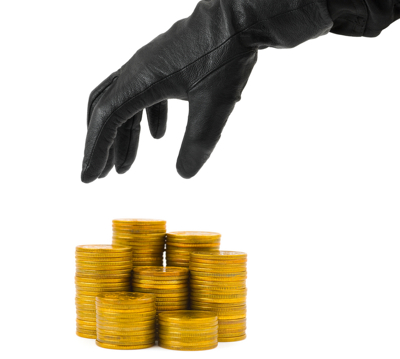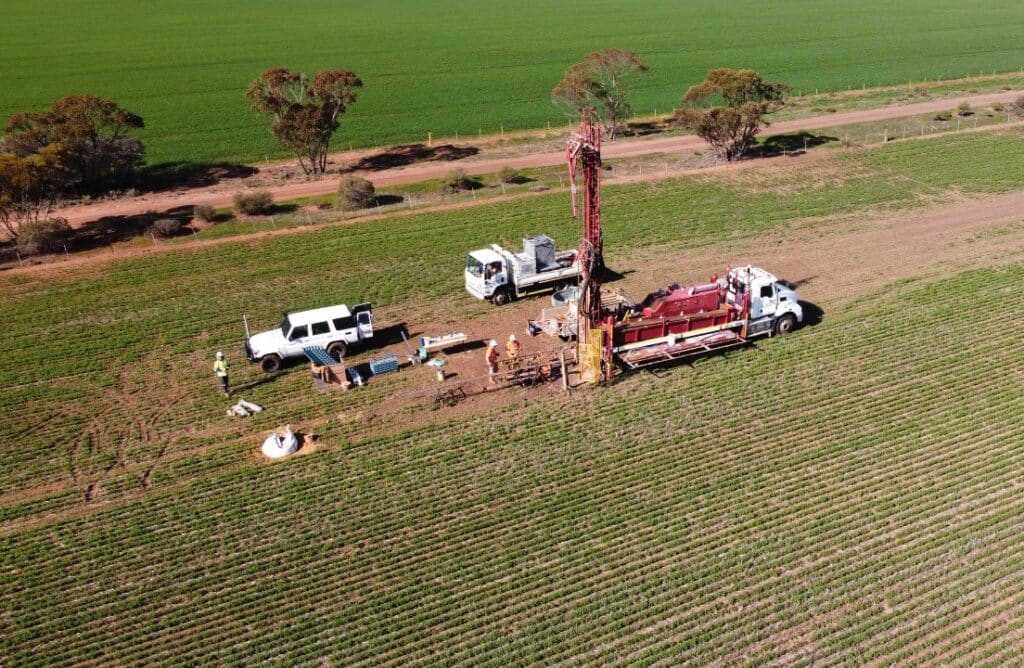Peru’s illegal mining exports problem worse than drug trafficking: report

Peru’s illegal mining exports reached $1.8 billion in 2011, exceeding even drug trafficking profits, which accounted for $1.2 billion, said local consultancy firm Macroconsult.
The figures refer specifically to gold illegal exports and do not include the Madre de Dios region, where all yellow metal output is thought to be illegal.
Interviewed by local financial newspaper Gestión, Macroconsult associate director Elmer Cuba said Madre de Dios gold production accounted for 14% of Peru’s output in 2011 or 728,000oz, which is a 35% jump compared to 2008.
Profits reached at least US$1.00bn, according to the firm, which would mean Peru is losing around $300 million a year in tax income.
Speaking at the 10th International Gold Symposium, held in Lima from May 14-16, Cuba said the key to resolving the problem of illegal mining is comparing gold production with data from the Ministry of Energy and Mines (Ministerio de Energía y Minas – MEM), as well as the exports registered with tax agency Sunat.
An estimated of 1.14Moz gold was not registered with MEM last year, which accounts for 22% of total exports.
“The formalization will start by hitting their pockets and not with violence because we know who is exporting and therefore they can be found,” Cuba said at the Gold Symposium.
Point of no return
Illegal gold production has increased fivefold in the last six years and is estimated to provide 100,000 direct jobs in the country.
According to Peru’s Ministry of Environment, the activity has destroyed 18,000 hectares of Amazon so far.
In a press release, Minister of Energy and Mines Jorge Merino, said Peru has reached a point of “no return” in the fight against illegal mining and that the government is working hard to end this practice that “harms people’s health, the environment and the economy.”
“Informal mining is a problem that has social connotations. There are about 100,000 informal miners in Peru and another 400,000 compatriots who depend on this activity. We must first understand the problem [and then find a] solution, which it is not easy,” he said the statement.
Merino added Peru is one of the first countries in Latin America to address the problem of illegal mining directly, through a gradual process that aims to incorporate informal miners into the system. “Illegal is not the same that informal,” he said, adding that the latter are supported by the Government and continue working for up to two years until their formal incorporation has been completed.
More News
Australia’s VHM scraps offtake deal with Shenghe Resources
January 11, 2026 | 04:08 pm
US to push for quicker action in reducing reliance on China for rare earths
January 11, 2026 | 09:07 am
{{ commodity.name }}
{{ post.title }}
{{ post.date }}






Comments